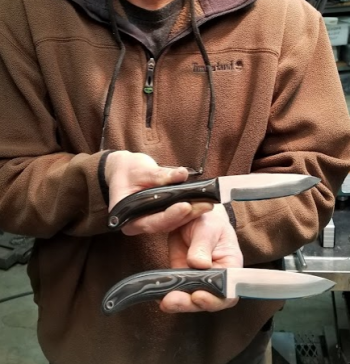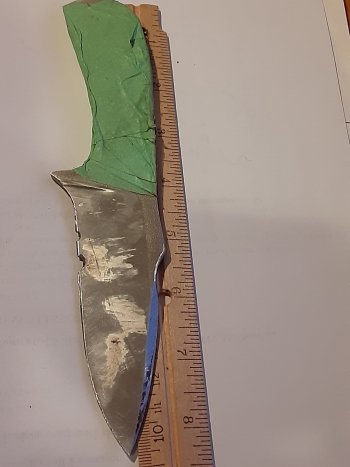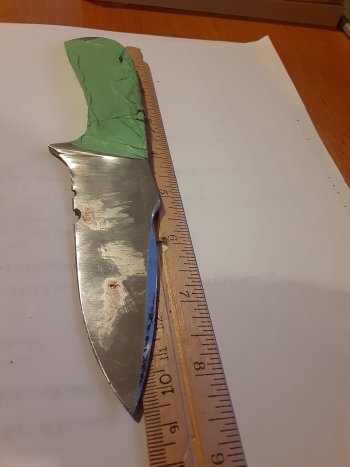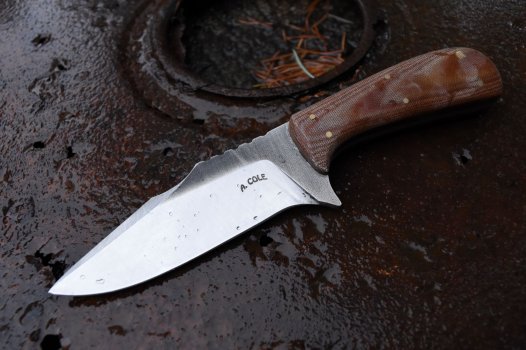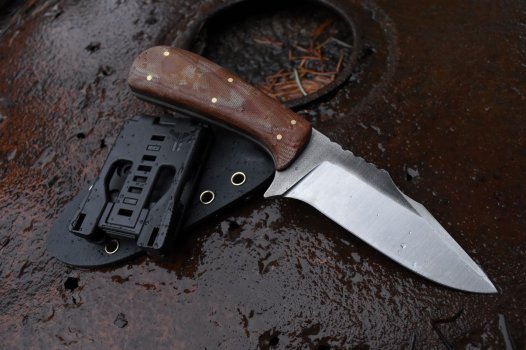Alden Cole
Well-Known Member
I've recently been contacted by a mother asking about a knife for her son who is in the marines. I've never made a knife for military or many "tactical" knives so, on the one hand, I don't have any experience with this. On the other hand, looking at the issued knives and what people seem to carry, I think I could make a much better knife. I'm thinking of making two or more blades and destruction testing one of them, and if it goes well, I will sell the other/s. Something like these designs, maybe with a six inch blade. I would be using AEB-L with a higher temper than normal and micarta/g10. Does this seem like a good idea or should I not take this order until I am more experienced?

 carothersknives.com
carothersknives.com

 www.benchmade.com
www.benchmade.com

8″ Shiv
8″ Shiv (AKA Pig Sticker) The Shiv is made of CPM 3V. It is an 8″ modern combat fighter that was originally developed as a combat knife during the wars in Iraq and Afghanistan. It is a heavy duty stabbing weapon that will not fail at a bad time. It can open a hole in a

Tough 141SBKSN Nimravus Knife in Sand Aluminum | Benchmade
Our all-time best-selling combat fixed blade! Shop our popular 141SBK Nimravus Knife, that features premium materials and high-performance versatility. MOLLE® compatible.

